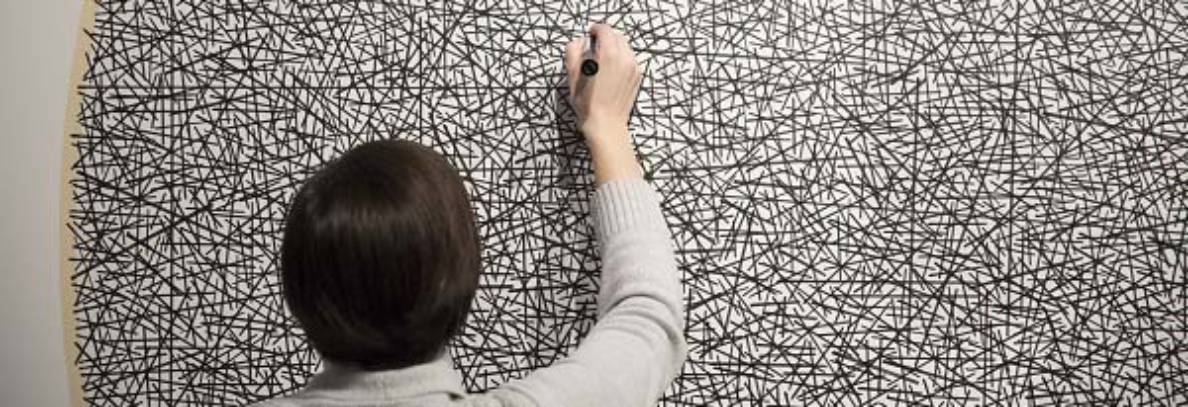Where do you draw the boundaries around the artworks in this video? What are the artworks? What strategies and tools does Ono use to challenge the viewer? Do you like any of these concept-works? Discuss.
Drawing boundaries is problematic when dealing with conceptual art because how do we validate abstract art and determine what can or can’t be considered art. In respect to Onos’ artworks in this video, I would personally draw the boundaries on art that is possibly untransferable/personal, “watch the sunset, and feel the ground move.” This idea could be a starting point idea, but I would say it needs to be more explored and developed. Some artworks described in the video are performative, and others are “personal”/ experiential. Ono challenges the viewer by questioning boundaries of art, if there is a meaning to all art and should there be for it to be considered art. They are also challenging the viewer by making the art connected to a personal challenge. I enjoyed the concept- work where there is a numbered list of sadness and stones corresponding to the numbers of sorrows. I appreciated this concept as the stone’s beauty replaces the idea and correlation it had with sadness. Potentially, the viewer can create connections in their light and understand the importance of balance between negativity and positivity.
How does Sol Lewitt express the notion that “the idea is the machine that makes the art” in his work? What does the artist’s actual hand have to do with the final work in a conceptual art context?
Sol Lewitt is an exciting artist as he challenges the meaning of what an artist is and their role in making art. Do the artist themselves and their hand need to be involved in the physical making of an artwork’s final form or make the idea more important? It is evident in Sol Lewitt that the process is more important than the final work. The notion that “the idea is the machine that makes the art” in his work is expressed by making the artwork’s map, blueprint and formula. By drawing out the recipe, so to speak, shape, colour (by abbreviation) and structure can form by the hands of others but initiated by his own hand. The concept of his art acts as the machine since it enables the production.
Describe two works by Bruce Nauman (include images) where he frames every day actions (non-heroic, banal) as art. How are they “framed” as art, and what does the framing do to our understanding and experience of the actions?
One Hundred Live and Die 1984
This artwork is framed by the usage of four columns, creating a border, containing 100 words relating life and death with different actions, emotions, and colors. It can be interpreted as poetic and vulgar. The artist uses framing to bring light to different aspects of life that may be overlooked. Also by framing these words and using the fluorescent signs the artist could be making commentary on the popularization and exploitation of tragic or pleasant human experiences. A take on perspective dependent on a viewer’s perception.
Violent Incident 1986
Bruce Nauman frames his artwork, here in two ways, first by using the physical framework of the TV as well as the framing of each scene being filmed within the TV. The use of framing in this art work determines what the audience will see which may act as a constraint of some sort. The viewer can only see what the artist wants them to see, forcing them to cue in on a particular image and emotion.
Framing of his artworks sets a particular tone and controlled message, that being the validity and purpose of each artwork in their own unique ways.
I have represented a kilometre throughout text, more precisely by then length of a standard white sheet of paper. 1km = 100 000 cm, and a standard white paper is 28cm in length, therefore 1km thought text is 3571 pages as represented in the document “A Short Story”. Enjoy!
